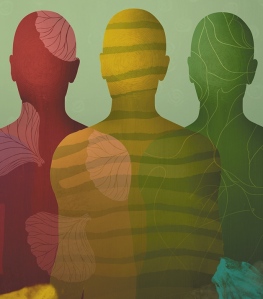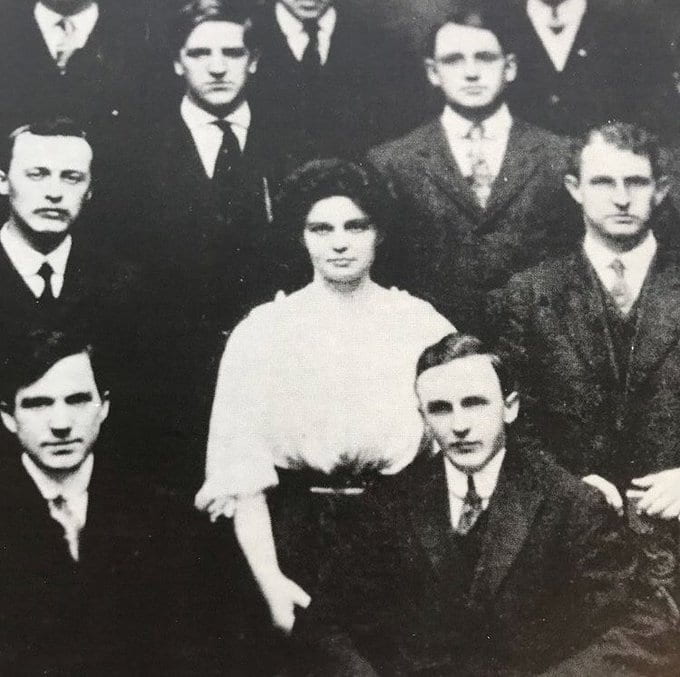
Clara Bliss Hinds Finley, MD was a lifelong resident of Washington,DC. Her father, Doctor Willard Bliss, served as an army surgeon in the Civil War and later ran the Armory Square Hospital.1 He is remembered for his bungled treatment of President Garfield’s gunshot wound suffered in an assassination attempt in 1881. Bliss rejected the new field of antiseptic medicine and Garfield died of septic infection after two months of repeated probing for the bullet with unsterilized hands and instruments.2
Clara was the second of Bliss’s four children and was described as an 1870’s era debutante in Washington.3 She married Jerome Hinds and they had a daughter named Bliss who would become a suffragist fundraiser and organizer.4 Clara sued for divorce after Hinds abandoned them. As a single mother in her 30s she pursued admittance to a medical school in order to support herself and her child. “A degree would mean bread and butter to me.” she told a Washington Post reporter in 1934.3
It was a hard road for 19th century women who aspired to be physicians. Few schools would admit them and it took influence and persistence to break down those barriers. Clara received support from another woman physician who helped blaze the trail before her.
“Repeated seeking for admission into D.C. medical schools brought many rebuffs, but she was given inspiration and encouragement by Dr. Mary Parsons, one of the few successful women physicians in the country at that time...”3
Dr. Parsons graduated from medical school at Howard University in 1874. When she graduated the Medical Society of the District of Columbia refused to grant her a medical license. She petitioned Congress to amend the Society’s charter to license women. The bill passed in 1875 but the Society and the AMA continued to refuse her membership for three more years. In 1878, as support for females doctors was growing, medical societies started admitting women members and granting consultation privileges.5
Clara and four other women were admitted to the Columbian University Medical School, now George Washington University School of Medicine in 1884. Of medical school, she recalled,
“They were grinding years...Competing in what was then regarded as purely man’s work, we were doing what no woman had done in the school before us. We asked no favors, and would receive none”3
Clara was the first of the women to graduate with fifty male colleagues in 1887. She and the other women who completed the program were not given opportunities for internships or residencies. Fortunately, Clara met Dr. Ida Heiberger who graduated from the Women’s Medical College of Philadelphia and did post graduate work in Europe. Together they established the Washington Women’s Clinic in 1891 at 13th and T Streets and this is where Dr. Bliss got her clinical training along with other women physicians. The clinic served indigent women and children. Clinic hours were in the evenings so working women would not have to give up a day’s wages to get care.6 The Clinic later moved to 4704 Georgia Avenue, NW and operated for 60 years.
Dr. Bliss established a successful private practice and published research on children’s growth patterns. She was a proponent of women’s physical fitness, establishing the first gymnasium for women in DC where they could remove their corsets and other constricting clothing of the day and move freely. Serving as the gym’s medical director helped to supplement her income.7
Clara married again in 1894 to Henry Jennings Finley, a Washington, DC attorney. That year she and a group of other prominent women founded the Business Women’s Club of Washington DC.4 Her involvement in professional societies and how they aided her education and career is the focus of a paper currently being researched by a group at SMHS including Dr. Kirsten Brown, Professor of Anatomy, Dr. Victoria Shanmugam, Director of the George Washington University Division of Rheumatology, Dr. Nadine Mbuyi, Assistant Professor of Medicine, and Sara Hoover, Himmelfarb Library’s Scholarly Communications and Metadata Librarian.
Dr. Bliss died in 1940 and is buried in Rockville Cemetery alongside Henry and her daughter Bliss.8
Today Dr. Bliss is honored as the namesake of the Clara Bliss Hinds Society for Women in Medicine and Science at GW. The group oversees programs that help to support women faculty including regular meetings and an Annual Women in Leadership Event. On April 14th the Society will host a program on Achieving Gender Equity in Compensation and Career Advancement via Webex from 5-6pm.
To learn more about women pioneers in medicine in the DC area, check out Women Doctors in Gilded Age Washington: Race, Gender, and Professionalization, available in Himmelfarb’s circulating book collection.
References
1. Doctor Willard Bliss, Wikipedia, https://en.wikipedia.org/wiki/Doctor_Willard_Bliss
2. Murder of a President, Who’s Who. American Experience (website), PBS. https://www.pbs.org/wgbh/americanexperience/features/garfield-whoswho/
3. Butler M. First Woman M.D. Here Fought Pioneer Battle Dr. Bliss Recalls Those Grinding Years When She Was Trying to Gain Admission to Medical School and, Afterward, to Get Established, The Washington Post, June 6, 1934. http://edwinwashingtonproject.org/wp-content/uploads/2018/12/Heiberger_Ida-Bio.pdf
4. Hammond W and LaBrie A. Biographical Sketch of Bliss Finley, 1881-1970. Biographical Database of Militant Woman Suffragists, 1913-1920. Alexandria, VA: Alexander Street Press, 2015. https://documents.alexanderstreet.com/d/1008297916
5. Mary Almera Parsons, Wikipedia, https://en.wikipedia.org/wiki/Mary_Almera_Parsons
6. Hildebrand JR. Woman’s Clinic Has Blazed Path for Medical School for Women Physicians. The Washington Times Home Edition, August 19,1914. https://chroniclingamerica.loc.gov/lccn/sn84026749/1914-08-19/ed-2/seq-8/
7. Creese, MRS. Clara Bliss Hinds. Ladies in the Laboratory? American and British Women in Science, 1800-1900: A Survey of their Contributions to Research. Lanham, MD: Scarecrow Press, 1998. p. 166
8. Dr. Clara Bliss Finley, Find a Grave (website), https://www.findagrave.com/memorial/46183535/clara-finley

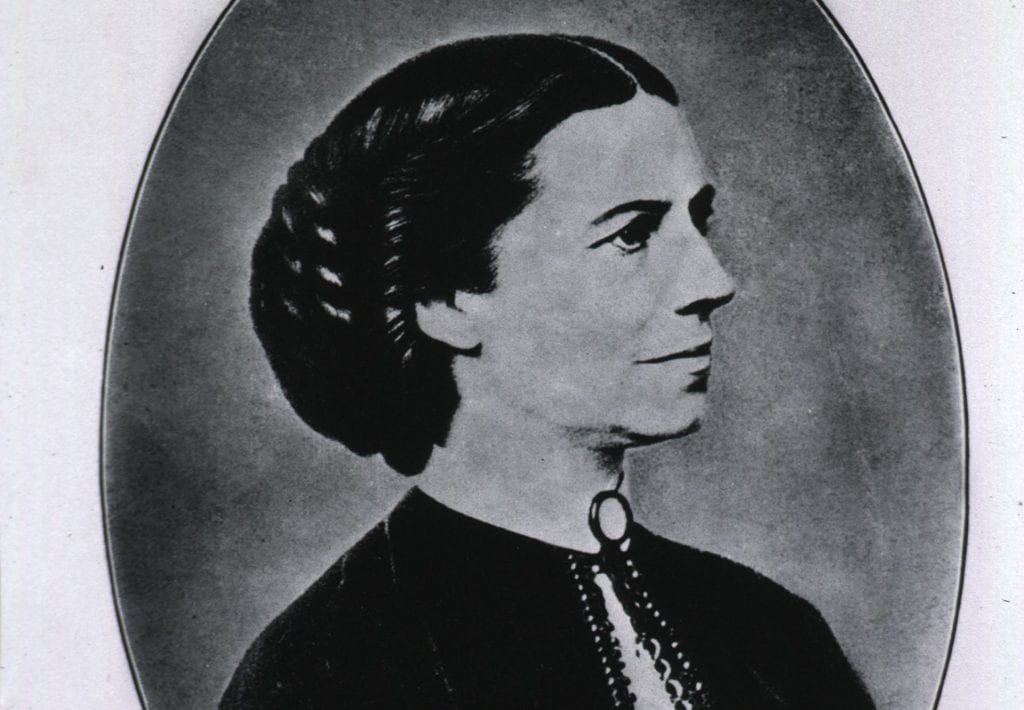
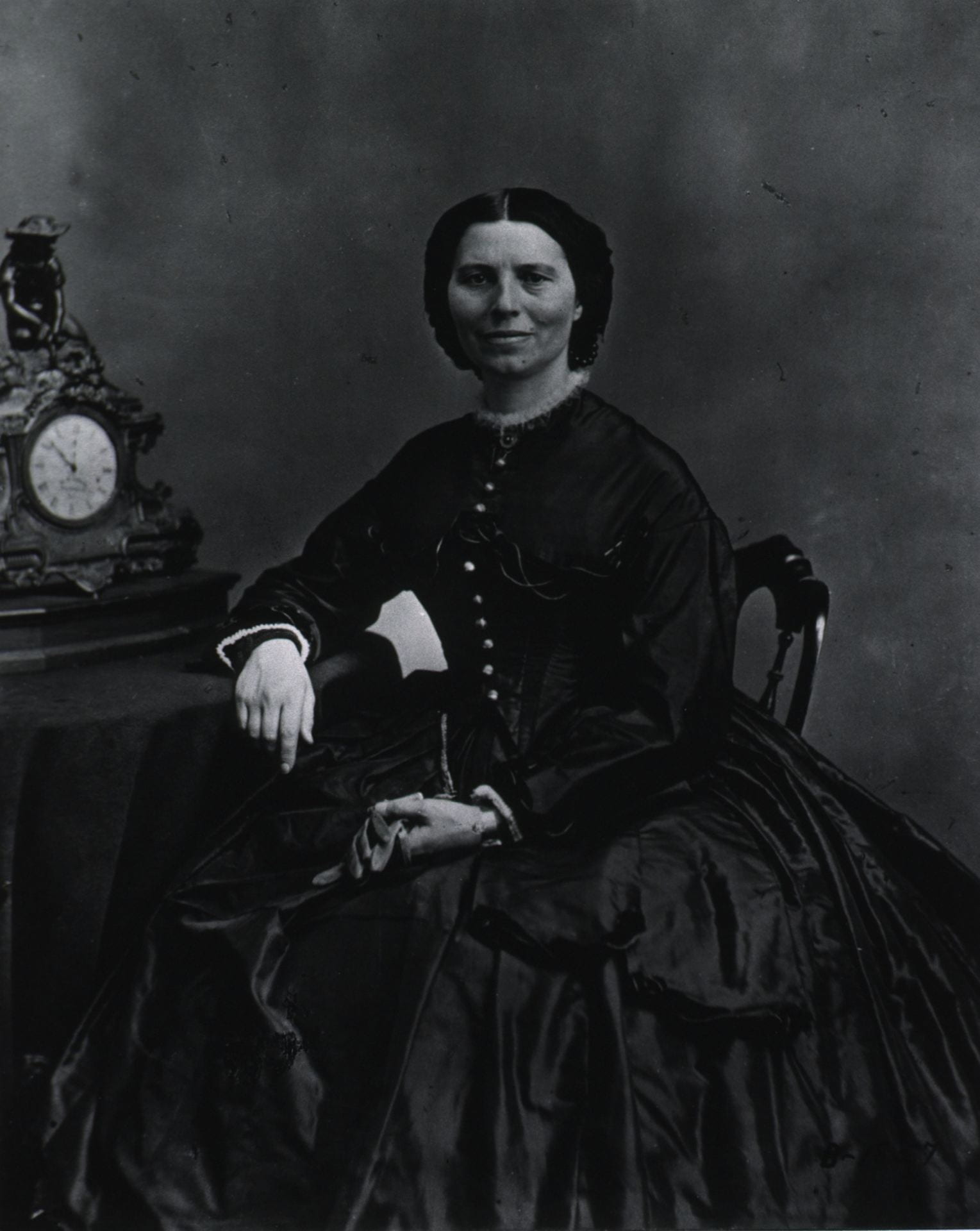

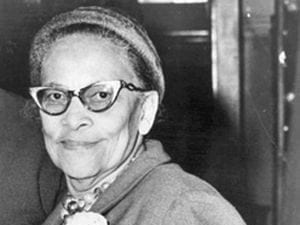
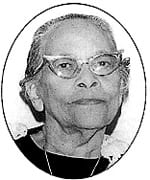
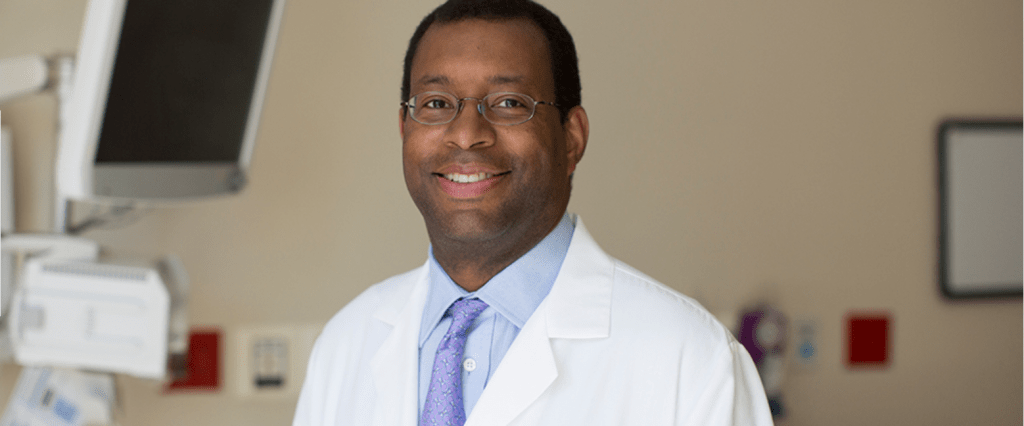
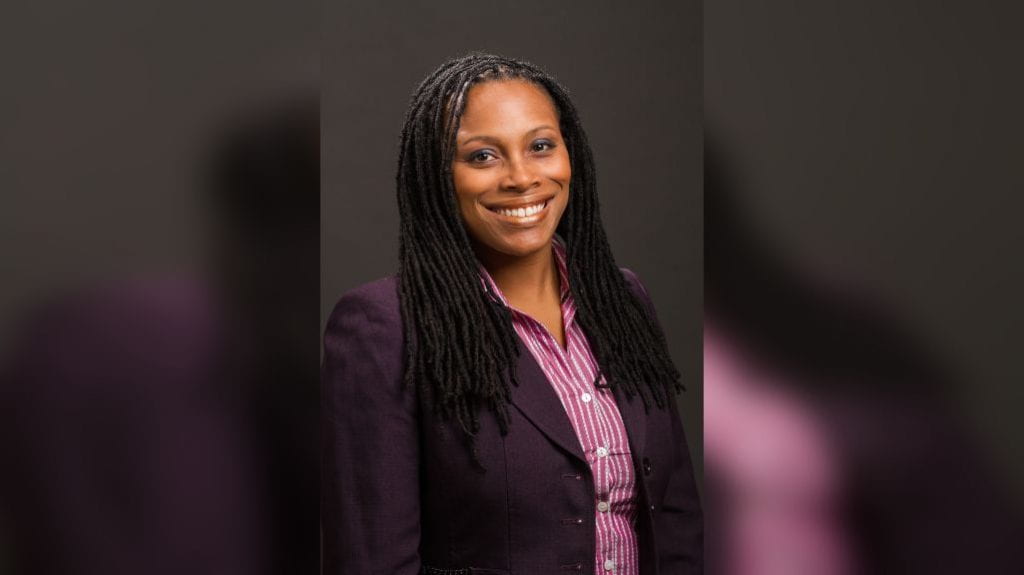



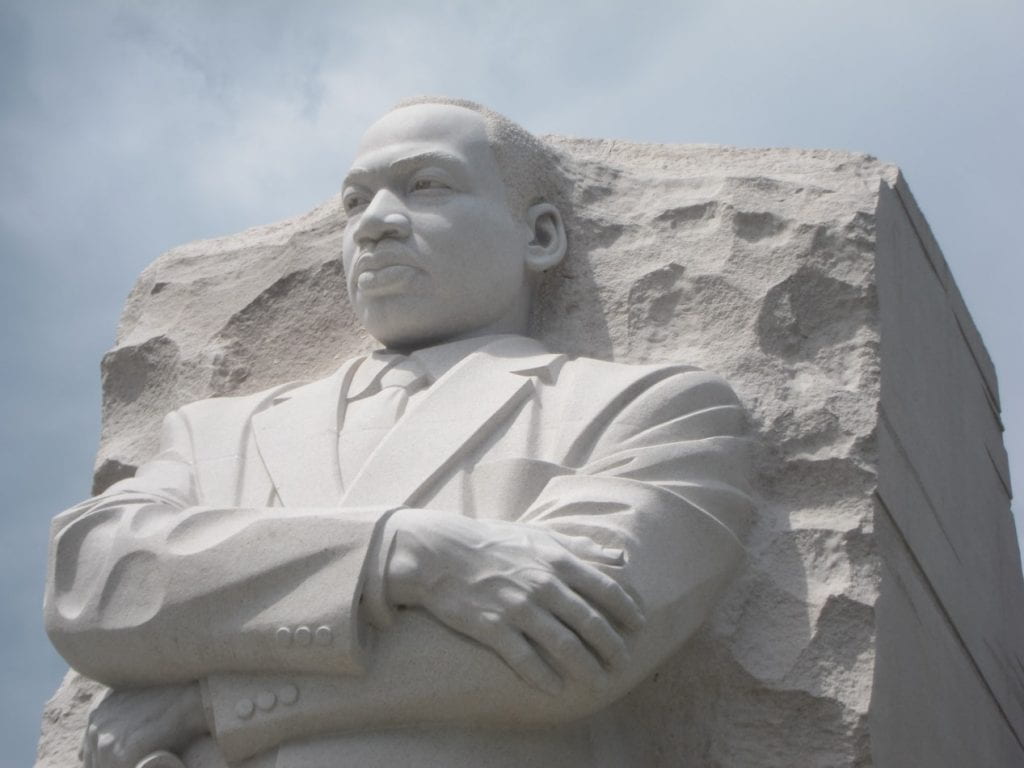
 Medicine Grand Rounds this Thursday, August 11 will focus on What You Need to Know About Your LGBT Patients. This presentation by Shane Snowdon, MA, founding director of the Center for LGBT Health & Equity at the University of California San Francisco, will discuss what LGBT people experience in health care – and how providers can be as comfortable and knowledgeable as possible in working with this long-overlooked group of patients.
Medicine Grand Rounds this Thursday, August 11 will focus on What You Need to Know About Your LGBT Patients. This presentation by Shane Snowdon, MA, founding director of the Center for LGBT Health & Equity at the University of California San Francisco, will discuss what LGBT people experience in health care – and how providers can be as comfortable and knowledgeable as possible in working with this long-overlooked group of patients.